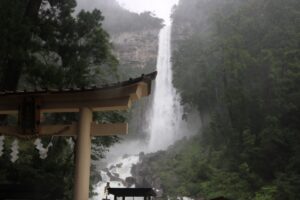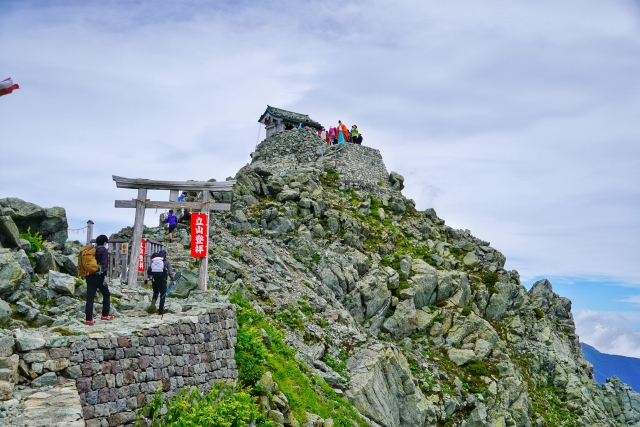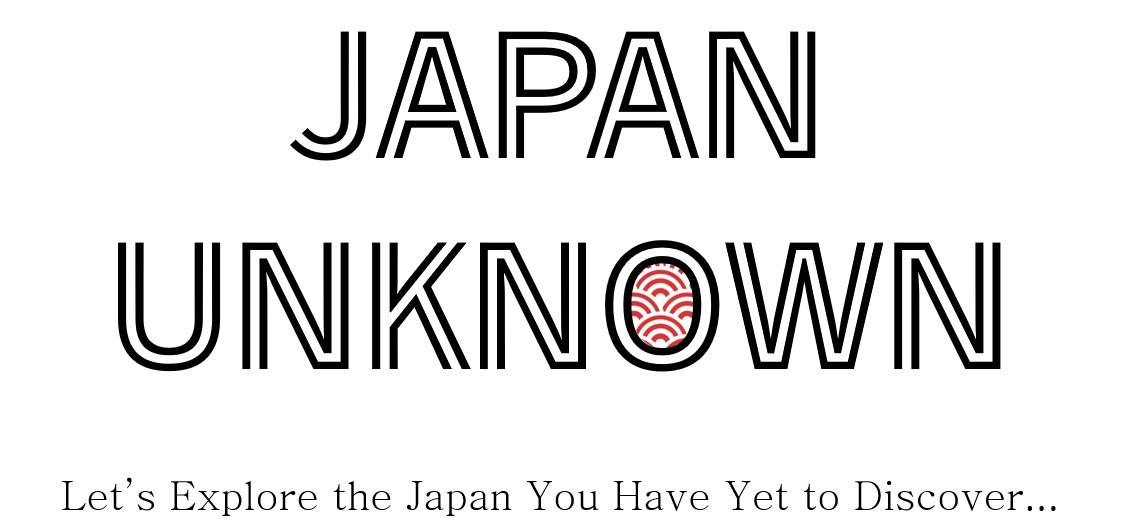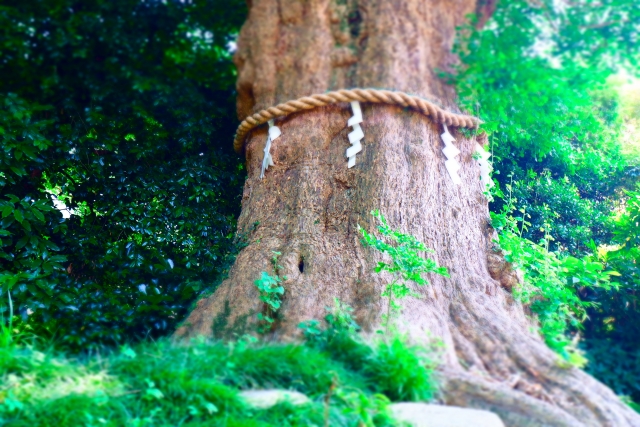There is a concept that cannot be overlooked when speaking of Japanese culture and spirituality.
It is that of the “Yaoyorozu no Kami,” or the “Eight Million Gods.”
Unlike the monotheistic idea of one absolute deity, the Japanese notion of divinity is astonishingly free and diverse.
Gods are believed to dwell not only in mountains and rivers, but also in fire, wind, stones, and even within human activities themselves.
This idea of the “Eight Million Gods” goes far beyond religious faith.
It is deeply rooted in the Japanese view of nature and life, and even in the very structure of society.
What, then, is its true essence?
And how do we continue to engage with it in our modern lives?
Let us explore how this ancient belief in countless deities has shaped the Japanese spirit and the way of life that endures to this day.
The Meaning of “Eight Million Gods”
The term yaoyorozu is an old Japanese expression meaning “countless” or “innumerable.”
Within it lies the animistic worldview that divinity exists in all things.
In ancient Japan, nature itself was regarded as sacred.
There was a god of the mountain, a god of the river, a god in fire, and even a god in stone.
Deities were not thought to dwell in distant heavens—they were present in the soil beneath one’s feet, in the breeze that passed by, and in the unseen forces of daily life.
This reflects a uniquely Japanese polytheistic sensibility in which gods coexist harmoniously rather than excluding one another, each governing its own realm.

In Japan, it has long been believed that gods dwell in all things — mountains, rivers, fire, wind, and even stones.
For instance, there is the ta no kami, guardian of the fields; the kōjin, deity of the kitchen; and the suijin, protector of the well.
Each god has its role, naturally woven into the rhythms of human life.
When felling a tree, people offered a bow of respect; before entering a mountain, they would bow once again.
These gestures were not mere rituals—they embodied reverence for the unseen and a spirit of coexistence with nature.
Living with the Gods
Japan is a land blessed with distinct seasons and abundant natural change.
Within this environment, the Japanese have long regarded nature not as a resource to exploit but as a companion to live alongside.
Many shrines stand on mountainsides or at their summits because the mountains themselves were seen as yorishiro—sacred vessels where deities reside.
Among them, Mount Fuji remains an enduring object of worship, both feared as a volcano and revered for its majestic beauty.

Oyama Shrine Peak Sanctuary – Located at the summit of Mt. Oyama in Tateyama, Toyama Prefecture, this shrine has long been the spiritual heart of the Tateyama faith.
At New Year’s, offerings of rice, salt, and water are placed upon the household altar.
In spring, villagers welcome the god of the fields from the mountains; in autumn, they express gratitude and send the deity back once the harvest is complete.
In the quiet rhythm of these yearly rituals, people join their hands in prayer, marking time with gratitude and reverence.
Such traditions form the heartbeat of Japanese life—a life lived together with nature and the gods.
Shrines once stood at the heart of every village, and festivals served not only as celebrations but also as matsurigoto—acts of governance that bound communities together.
Even uncontrollable forces such as natural disasters or epidemics were revered as divine, and through prayer and ritual, people sought a way to coexist with them.
The Gods That Dwell in the Japanese Heart
The deities of Japan are not fixed or uniform beings.
From the great gods of mythology—such as Amaterasu, the sun goddess, or Susanoo, the storm god—to countless unnamed local deities, their forms and characters are endlessly diverse.
Even the same god may be known by different names and attributes depending on the region, changing in meaning according to the prayers of the people.
In this way, a god is not an immutable existence, but rather a mirror reflecting human thought and emotion.
Even today, we see students visiting shrines to pray for success in exams, or couples offering prayers for good fortune in love.
The gods continue to evolve with the times, remaining ever close to the lives and hearts of the people.
The Spirit of Harmony Taught by the Eight Million Gods
At its core, the idea of “Eight Million Gods” teaches reverence for the unseen and harmony among all forms of existence.
It embodies a fundamental Japanese ethos—one that does not reject differences but accepts and harmonizes with them, whether they be found in nature, in other people, or in differing values.
In a land often struck by natural disasters, this belief may lie behind Japan’s enduring culture of kyōjo—mutual aid and communal support.
The act of joining one’s hands before a household altar, or cherishing festivals that mark the changing seasons—
these are not merely customs, but living expressions of a bond between people, nature, and the divine.

Amanoiwato Shrine – Amanoyasugawara Hall Amanoyasugawara is said to be the sacred site where the eight million deities (Yaoyorozu no Kami) gathered to consult when the sun goddess Amaterasu hid herself in the Heavenly Rock Cave (Amanoiwato).
The “Eight Million Gods” is an idea vast and limitless, yet it quietly permeates our daily lives.
It is not simply a matter of faith.
It is a gentle, profound wisdom that allows people to live in harmony with nature and to connect with the invisible forces that surround them.
In this sense, the ancient Japanese belief in the “Eight Million Gods” may well be rediscovered today—as a timeless philosophy for living.




コメント